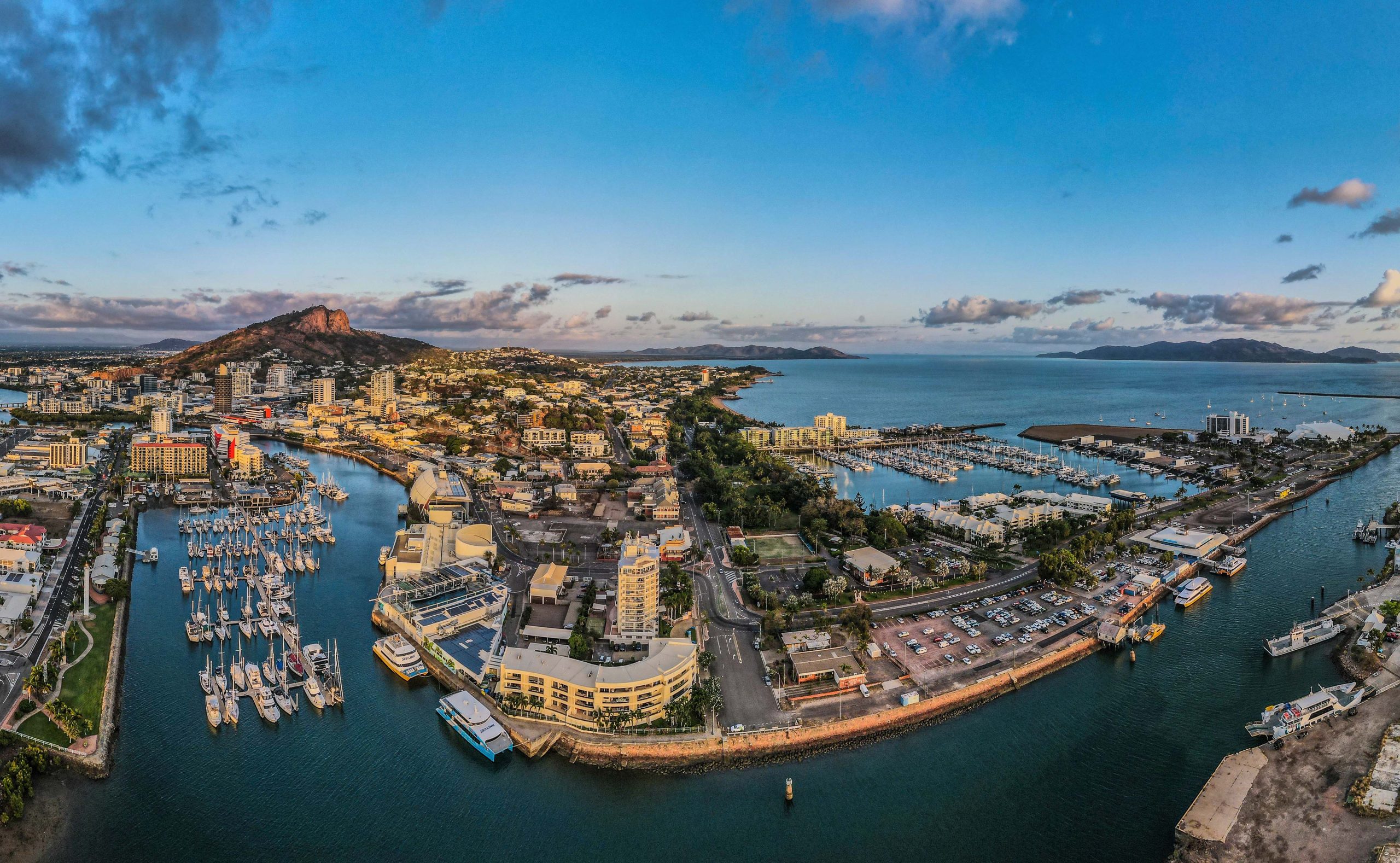iNaturalist citizen science in the Dry Tropics
Townsville’s Reef Ecologic team have been very active in the citizen science space this year, particularly by championing the world’s largest citizen science database, iNaturalist.
The iNaturalist tool allows anyone to make observations of wildlife by taking photographs, and with the help of AI and crowdsourcing, the app will identify the photographed species.
 Once two or more people agree on a species name, an observation is classed as “research grade” and can be used in research or to inform natural area managers. Reef Ecologic set up several projects to collate this data by region or by taxa, and trained people in the use of the app.
Once two or more people agree on a species name, an observation is classed as “research grade” and can be used in research or to inform natural area managers. Reef Ecologic set up several projects to collate this data by region or by taxa, and trained people in the use of the app.
One highlight of these citizen science efforts was the ReefBlitz event, which collected and uploaded observations between 1-8 June in celebration of World Oceans Day.
The entirety of the Great Barrier Reef World Heritage Area was included, with 33 observers making 1,538 observations of 433 species, and 142 people around the world helping to identify these creatures. The majority of observations (67%) and species recorded (70%) occurred in Dry Tropics catchments, highlighting just how biodiverse this area is, as well as how passionate the local citizen scientists are!
 Several localities within the Dry Tropics Partnership for Healthy Waters region have been the focus of iNaturalist projects started by Reef Ecologic.
Several localities within the Dry Tropics Partnership for Healthy Waters region have been the focus of iNaturalist projects started by Reef Ecologic.
The Magnetic Island (Yunbenun) project has had significant engagement due to accessibility of both terrestrial and marine environments, as well as the increased tourism leading to over 5,700 observations. The most observed species overall is currently the Koala at 115 observations.
The Orpheus Island (Goolboodi) project has seen 850 species observations, with the Green Tree Frog being the most observed species at 17 observations. Lastly, the citizen science project at John Brewer Reef (all marine based) has 732 species observations with the most observed species, the Blackaxil Puller, having 12.
The projects have identified a total of 12 threatened or endangered species in these categories altogether, with 9 on Magnetic Island, 1 at Orpheus Island and 2 at John Brewer Reef.
These observations are some of the most significant in these projects, helping to determine threatened species abundance and distribution within the region.
 Reef Ecologic also launched three taxa-specific projects to engage the local communities along the Queensland coast, which included Sharks and Rays, Seaweeds, and Fish. Currently, in the DTPHW region, there have been 246 observations for the Sharks and Rays project and over 3,800 observations for the Fish project with 40 different species of Shark and Ray, and 537 Fish identified. There are currently 205 Seaweed observations within the same region, and 35 species.
Reef Ecologic also launched three taxa-specific projects to engage the local communities along the Queensland coast, which included Sharks and Rays, Seaweeds, and Fish. Currently, in the DTPHW region, there have been 246 observations for the Sharks and Rays project and over 3,800 observations for the Fish project with 40 different species of Shark and Ray, and 537 Fish identified. There are currently 205 Seaweed observations within the same region, and 35 species.
These projects shed light on the power of collaboration and individual initiative to contribute to projects they are passionate about. They also provide an opportunity for citizen scientists to collaborate with like-minded experts and citizens to develop an understanding of these interesting and threatened marine species’ current distribution, abundance and richness, with a total of 82 identified species currently in the threatened category.
Get involved: www.inaturalist.org/signup



